GOOD READS
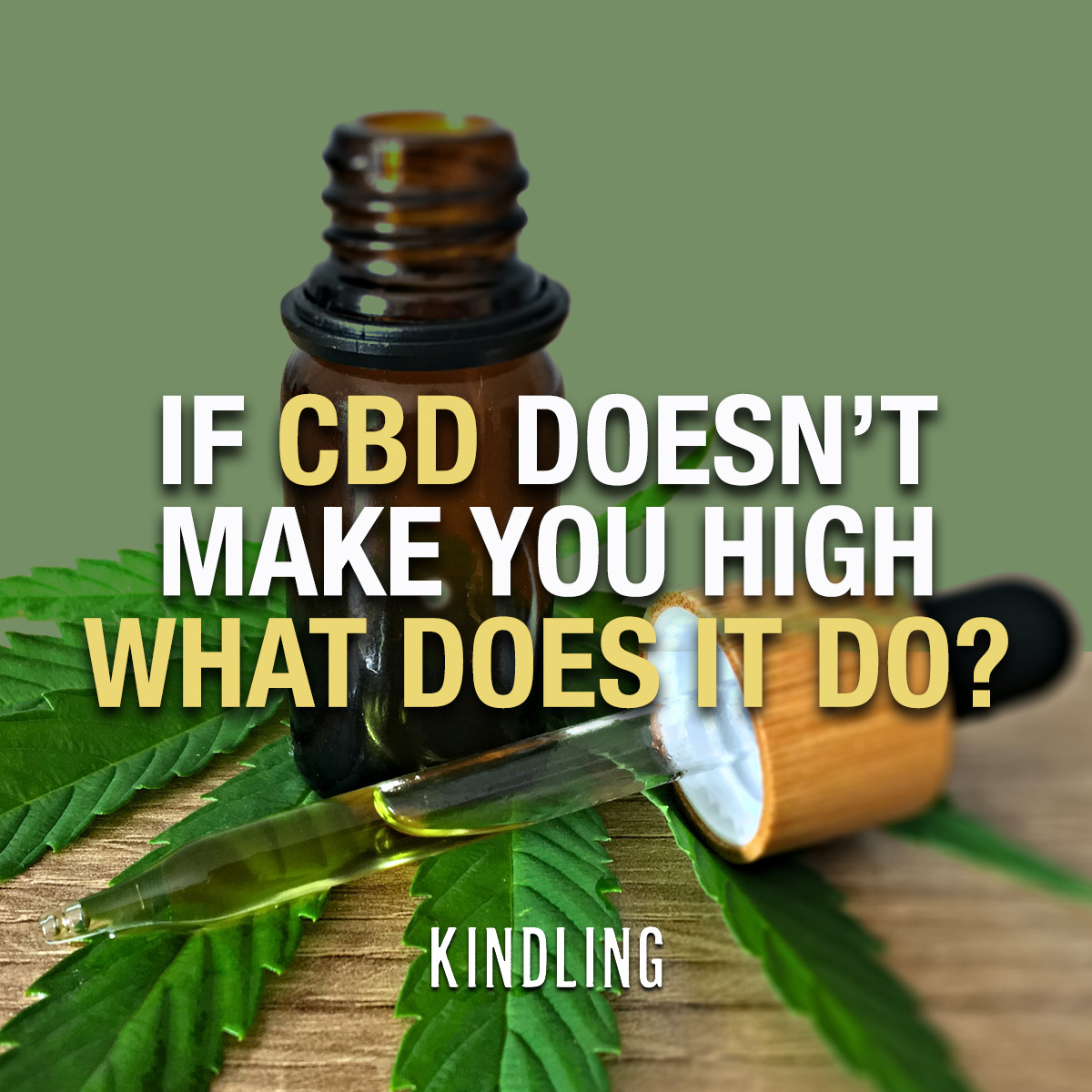
IF CBD DOESN'T MAKE YOU HIGH THEN WHAT DOES?
Source: shopkindling.ca
“Curious about CBD and what it actually does? You’re not alone.
We’ll delve into this non-psychoactive cannabis compound, its health benefits, and how it interacts with your body. Understanding the endocannabinoid system (ECS), responsible for maintaining balance, is crucial to grasp how CBD works. CBD primarily interacts with two types of receptors within the ECS: CB1 and CB2 receptors. CB1 receptors are mainly located in the brain and central nervous system, while CB2 receptors are more prevalent in the immune system and peripheral tissues. This interaction can modulate various physiological processes, including pain perception, immune response, mood regulation, and more.”
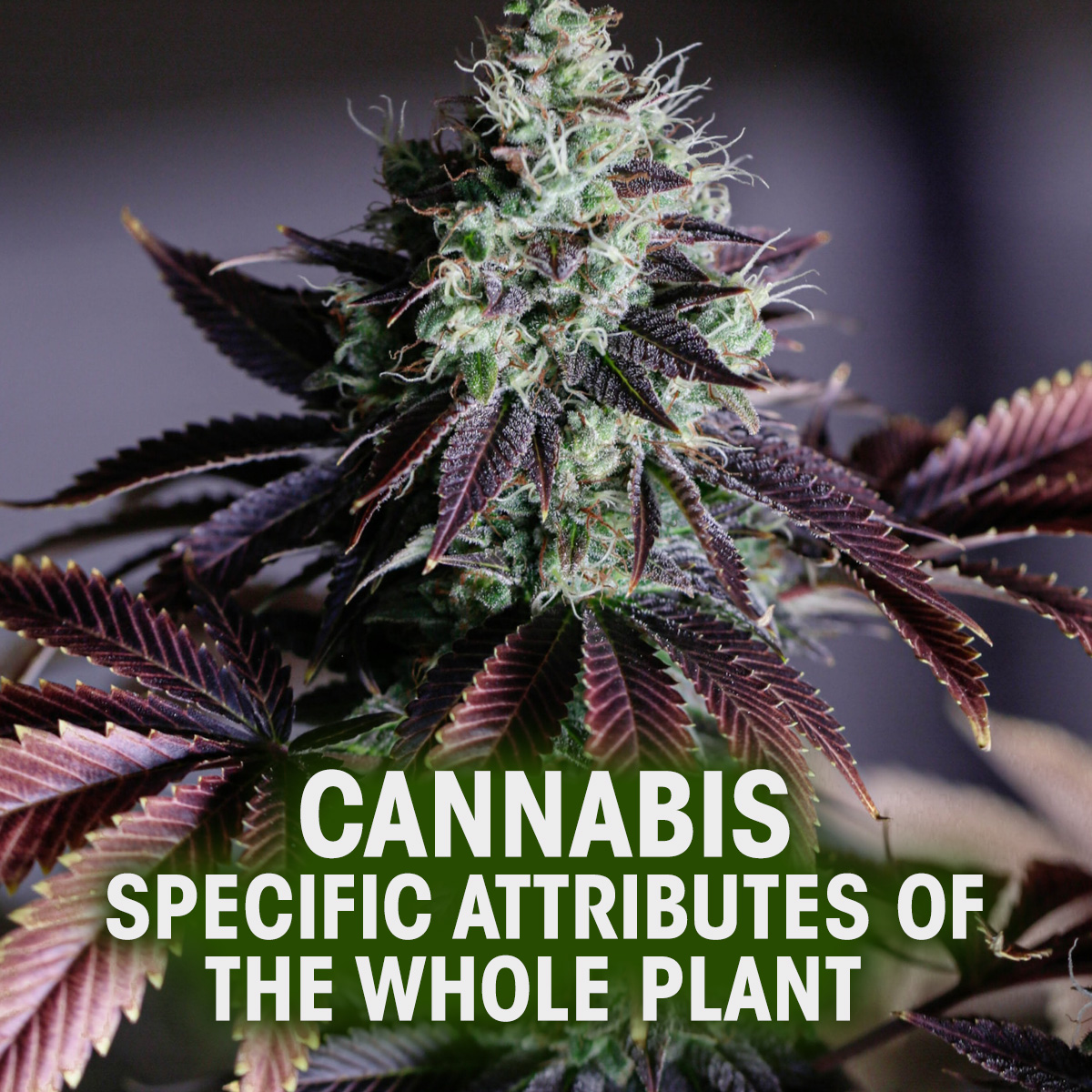
CANNABIS - SPECIFIC ATTRIBUTES OF THE WHOLE PLANT
Source: ProjectCBD.org
“Cannabis has been likened to a “pharmacological treasure trove.” CBD and THC are the crown jewels of this treasure trove. They are the power couple of cannabis therapeutics. But there are also dozens of secondary cannabinoids, terpenes, and flavonoids in the shimmering female inflorescence, each with specific healing attributes, which interact synergistically so that the therapeutic impact of whole plant cannabis is greater than the sum of its parts. From tap root to bud, whether seeded or seedless, the plant is the alpha and omega of cannabis medicine.”
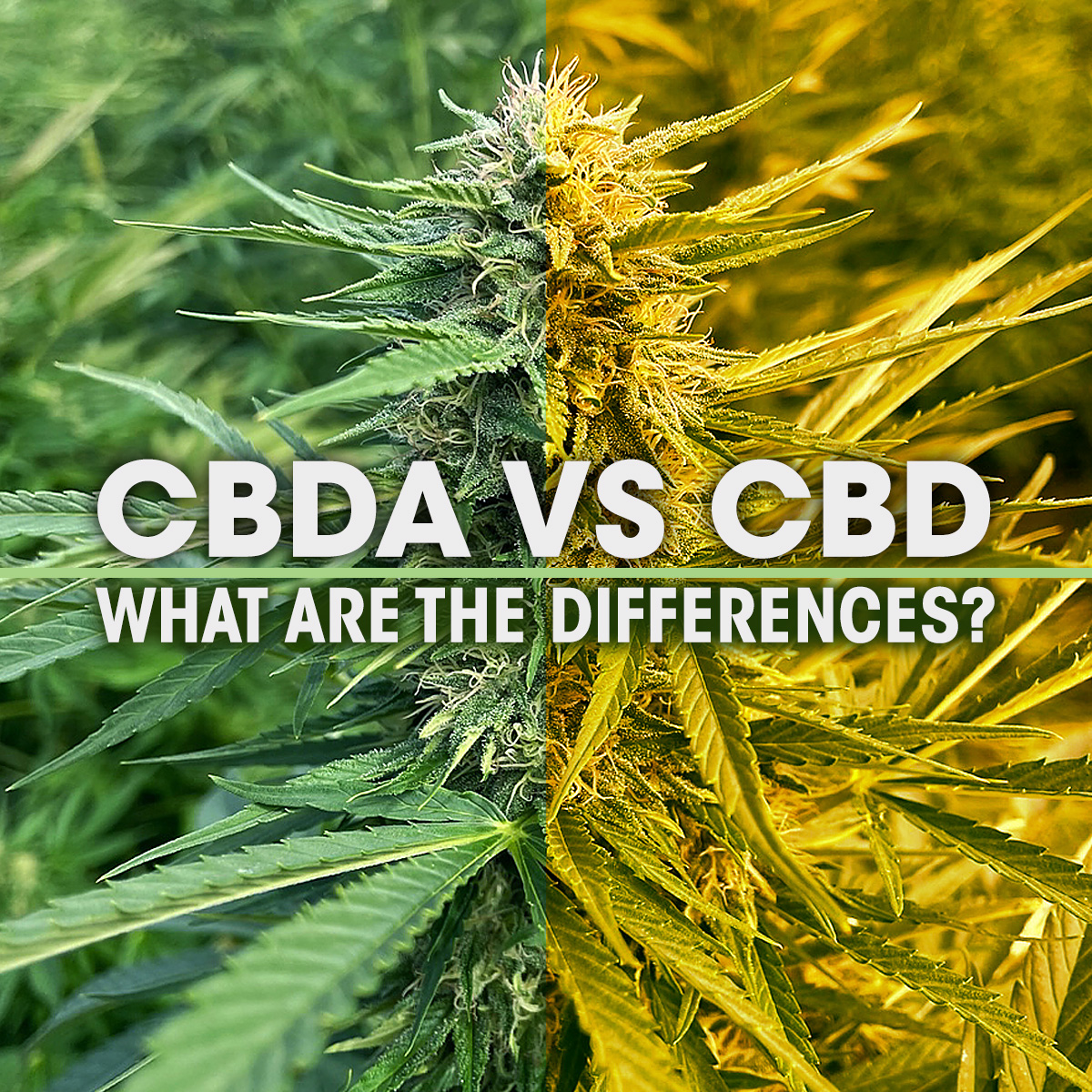
CBDA VS CBD: WHAT ARE THE DIFFERENCES?
Source: Analyticalcannabis.com
Cannabidiol (CBD) and its precursor, cannabidiolic acid (CBDA) are both well-known and abundant chemical compounds native to cannabis and are the dominant cannabinoid produced by hemp plants. CBDA is the chemical precursor to CBD and is how CBD exists naturally in the plant. In a process called thermal decarboxylation, CBDA is converted into CBD when the CBDA molecule is heated and loses its acidic carboxyl group. This decarboxylation process can either happen instantly, such as when the cannabis material is lit and smoked or vaporized, or by slow degradation over time if the plant material is left to sit at room temperature. Both CBDA and CBD are non-intoxicating cannabinoids with their own unique therapeutic benefits.
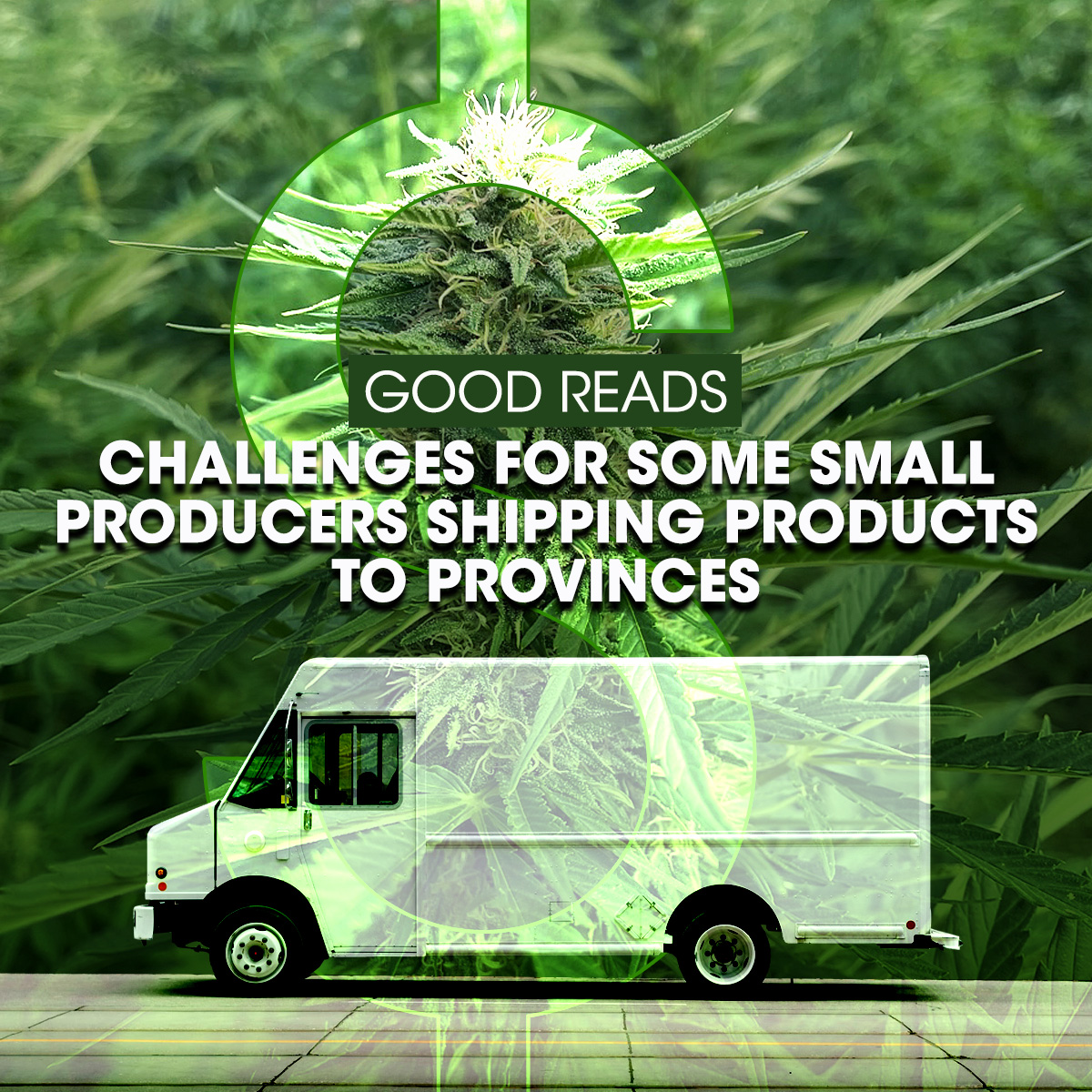
CHALLENGES FOR SOME SMALL PRODUCERS SHIPPING PRODUCTS TO PROVINCES
Source: Stratcann.com
In an interview, he explains how gatekeepers such as OCS don’t make it financially logical to deliver smaller orders when they come through, especially since he has to use their carrier and pallets for each order.
“What incentive is there for me to process these orders and lose money with this system?” he asks rhetorically.
Churchill says he prefers the setup BC offers, which allows LPs to direct-ship to retailers, which the OCS restricts.
Even within Ontario, shipping to the OCS warehouse in Guelph can be costly. For Abide Cannabis, based in Mississauga, they’ve had to cancel small orders the OCS sent them, such as when a $1,200 PO for one of their CBD creams had a shipping cost of $700.
CEO David Marcus says, “And that’s just from Toronto to Guelph, because we have to use their carriers and data logging system, and so on. I try to ensure that shipping doesn’t cost more than 10 percent of the PO.”
He adds that Abide only sells within Ontario “because I can’t imagine the logistical nightmare of shipping to other provinces.”
Josh Adler, VP of Operations & Business Development at Aqualitas in Nova Scotia, sympathizes with Choklat’s shipping struggles, but he recognizes how OCS has policies and processes that require LPs to “play within their system,” as he says.
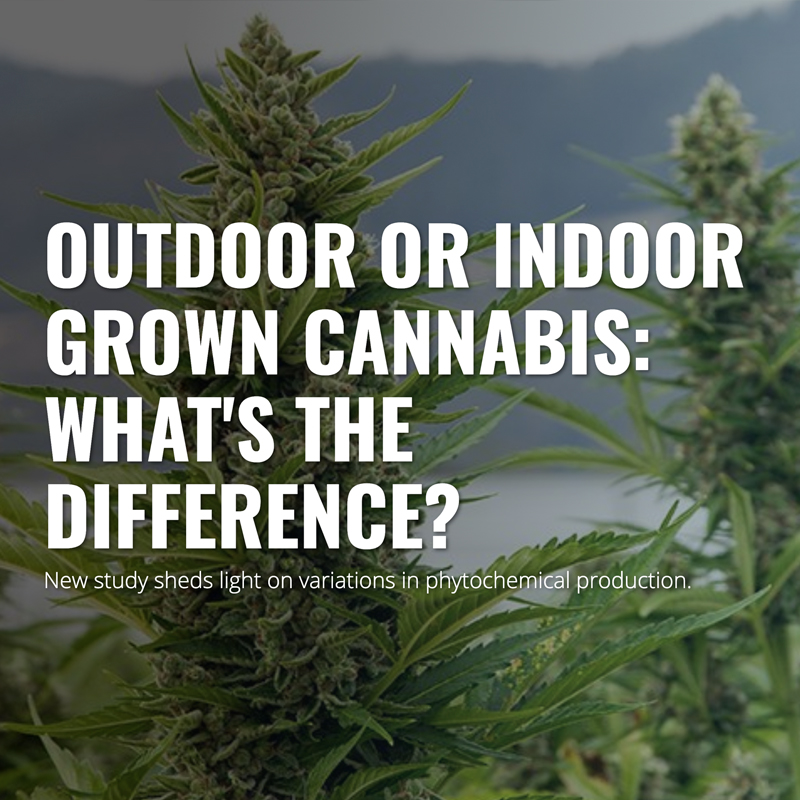
INDOOR OR OUTDOOR GROWN CANNABIS: WHAT'S THE DIFFERENCE?
Source: ProjectCBD.org
What makes cannabis cannabis? The aroma of flower and the physiological effects of consuming it come down largely to two things: cannabinoid ratios and terpene content. These twin factors go a long way toward shaping the user experience of a given product, and distinguishing it from myriad other options. But what is the source of these distinctions, whether sweeping or subtle? New research points to the importance of an oft-overlooked influence: cultivation.
Variations in terpene and cannabinoid profiles are typically chalked up to genetics. Individual cultivars, defined by parental inheritance, may be grouped into broad categories according to their genetic predisposition toward a particular dominant terpene – caryophyllene and limonene for “dessert” strains, ocimene for tropical/floral strains, and terpinolene for Jack/haze strains, to name a few – or cannabinoid profile – high-THC, high-CBD, or balanced THC-CBD.
While helpful, these cultivar/genetics-based classification systems obscure an important consideration: the conditions under which the actual plant is grown. To wit, a new study in the journal Molecules finds that clones with identical genetics can produce meaningfully different levels of both types of chemicals when grown “naturally” versus “artificially.” Other recent papers report similar findings under different lights at indoor grows.
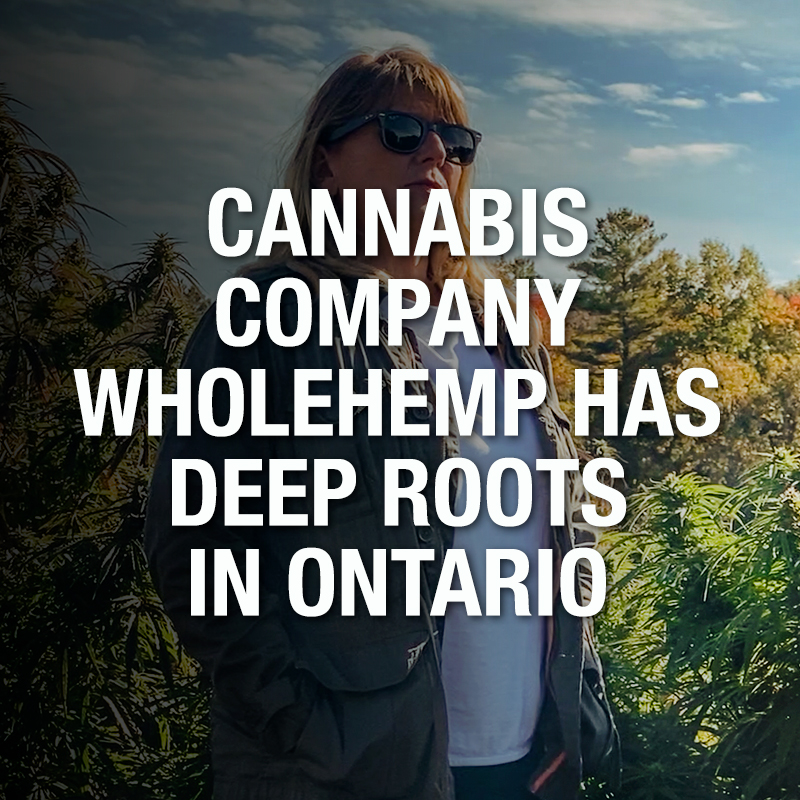
CANNABIS COMPANY WHOLEHEMP HAS DEEP ROOTS IN ONTARIO
Source: Viewthevibe.com
Whereas most of Canada’s cannabis brands are relatively new, David Marcus has a long history in the hemp industry, with over 25 years of involvement in the space. His company ABIDE and their flagship brand WholeHemp have deep roots – all the way back to 1995, with the launch of Marcus’ first hemp business, Natural Emphasis. Next came the launch of Pure Hemp rolling papers to the North American market back in 1997, and their first hemp crop in 1998.
For well over 25 years, the company has carved a name for itself through its businesses, as well as the organizations and research programs it supports. WholeHemp’s latest cannabis venture is to bring local, artisanally produced, high-quality, full-spectrum hemp CBD products to Ontario consumers.
Now, the brand offers a variety of flower products, ranging from high CBD hemp flower with minimal THC, to THC: CBD custom blends. So, there are options available for those who don’t necessarily want to feel the full effects of THC. All WholeHemp products are made with high CBD flower sun-grown outdoors by hand-selected local Ontario farmers – many of whom happen to be women. All products are produced in small batches and are full spectrum, containing the full range of cannabinoids and terpenes as found in the plants they are made from, not isolates or purified CBD. All formulations are developed to be 100% botanical, using high-quality ingredients and sustainable packaging.
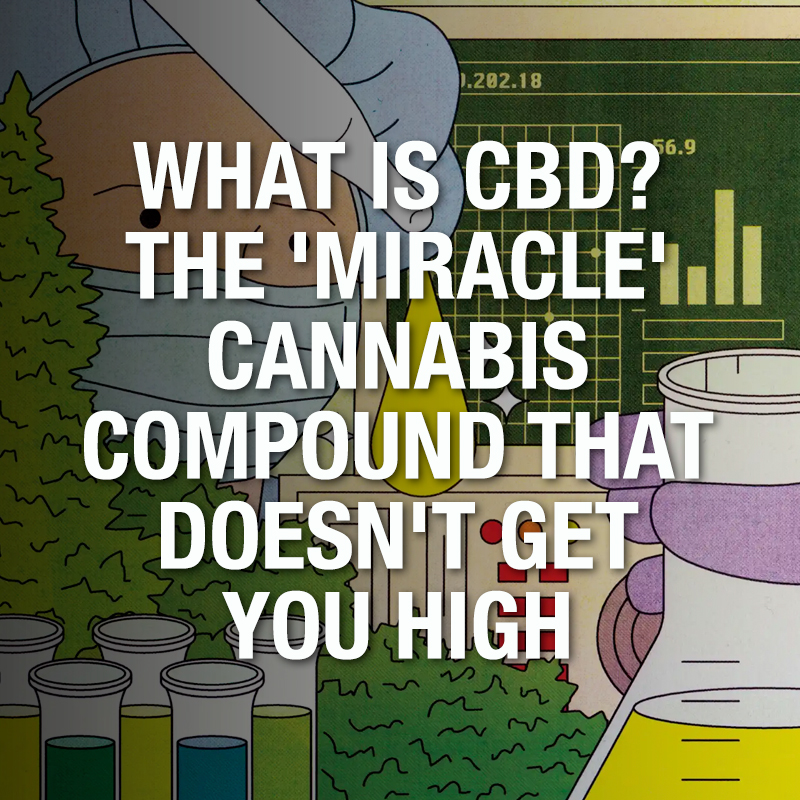
WHAT IS CBD? THE 'MIRACLE' CANNABIS COMPOUND THAT DOESN'T GET YOU HIGH
Source: Theguardian.com
The first thing to know about CBD is that it is not psychoactive; it doesn’t get people high. The primary psychoactive ingredient in marijuana is tetrahydrocannabinol (THC). But THC is only one of the scores of chemicals – known as cannabinoids – produced by the cannabis plant.
So far, CBD is the most promising compound from both a marketing and a medical perspective. Many users believe it helps them relax, despite it not being psychoactive, and some believe regular doses help stave off Alzheimer’s and heart disease.
While studies have shown CBD to have anti-inflammatory, anti-pain and anti-psychotic properties, it has seen only minimal testing in human clinical trials, where scientists determine what a drug does, how much patients should take, its side effects and so on.
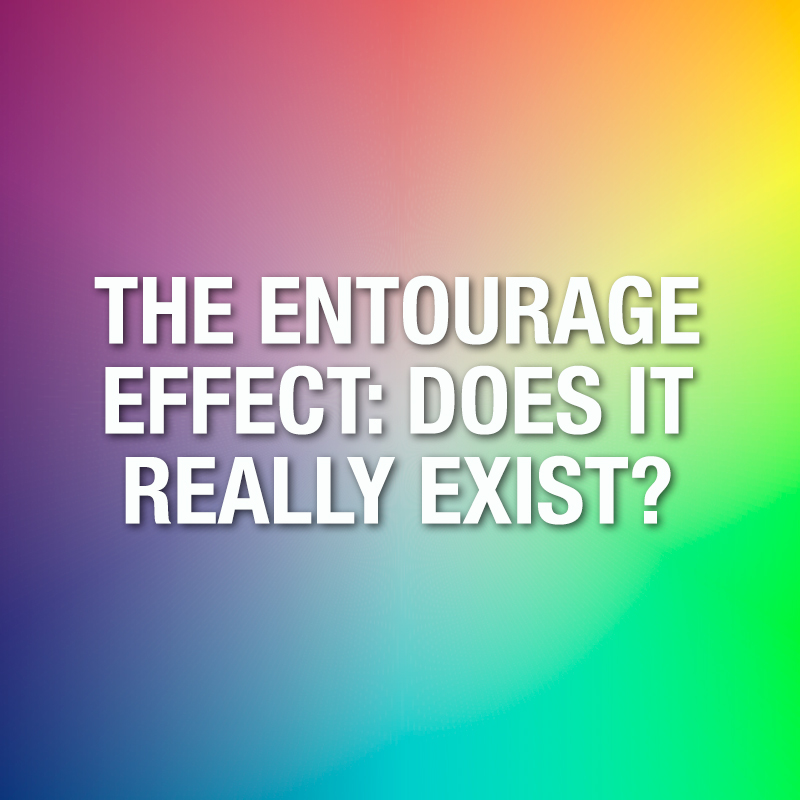
THE ENTOURAGE EFFECT: DOES IT REALLY EXIST?
Source: Leafly.ca
Studies have shown that the THC:CBD ratio also influences the level of psychoactivity experienced by cannabis consumers. For infrequent cannabis consumers, when CBD is present at much higher levels than THC, intoxication is reduced compared to THC alone. Conversely, consumption of THC (8 mg) together with half as much CBD (4 mg) enhances the intoxicating effect, but only for infrequent consumers. In people who frequently consume cannabis, the intoxicating effects of THC don’t change much when combined with CBD. This indicates that the psychoactive effects of cannabis can change based on the THC:CBD ratio in a way that depends on your level of consumption experience.
There may also be entourage effects involving the impact of cannabinoids on pain. Full-spectrum cannabis products can show better efficacy and tolerability for pain patients compared to pure THC. The details still need to be worked out, but cannabinoids like THC may have interactive effects with opioids. Animal research has shown that when opioids are combined with cannabinoids, pain relief can be achieved using a lower dose of the opioid. More human clinical research needs to be done here, but synergy between cannabinoids and opioids may be one reason why states with medical cannabis laws tend to see reductions in the use of certain prescription drugs.
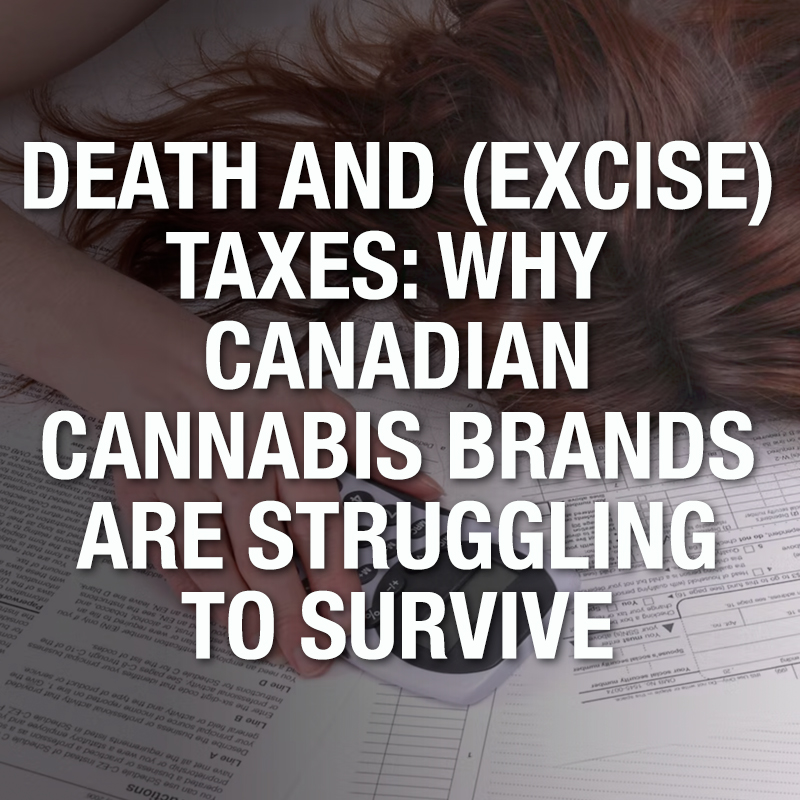
DEATH AND (EXCISE) TAXES: WHY CANADIAN CANNABIS BRANDS ARE STRUGGLING TO SURVIVE
Source: Leafly.ca
The situation looks increasingly dire for many Canadian cannabis players. Around 254 individual cannabis businesses racked up $73 million in excise debt from March 2019 through March 2022, CRA data shows, according to recent media reports. As of May 2022, roughly $52.4 million remains outstanding. Another craft producer in Canada wants to see an amendment to the cannabis tax rate that mirrors those enacted on alcohol companies. “This shouldn’t be regarded strictly on a per-gram basis,” says David Marcus, president and founder of Abide.
“Cannabis 2.0 got the idea right of taxing mg of THC rather than a flat tax, but there was no discussion surrounding what that rate should be.”David Marcus, president and founder of Abide.
Sutton noted in the paper that the excise tax rate should reflect the percentage of sales and consumer price, rather than the wholesale price. He and Marcus agree that the government likely envisioned a 10% tax rate when per-gram rates were stable soon after legalization. But as the cannabis industry contracted, so did gram prices, while the $1-per-gram excise tax remained the status quo.
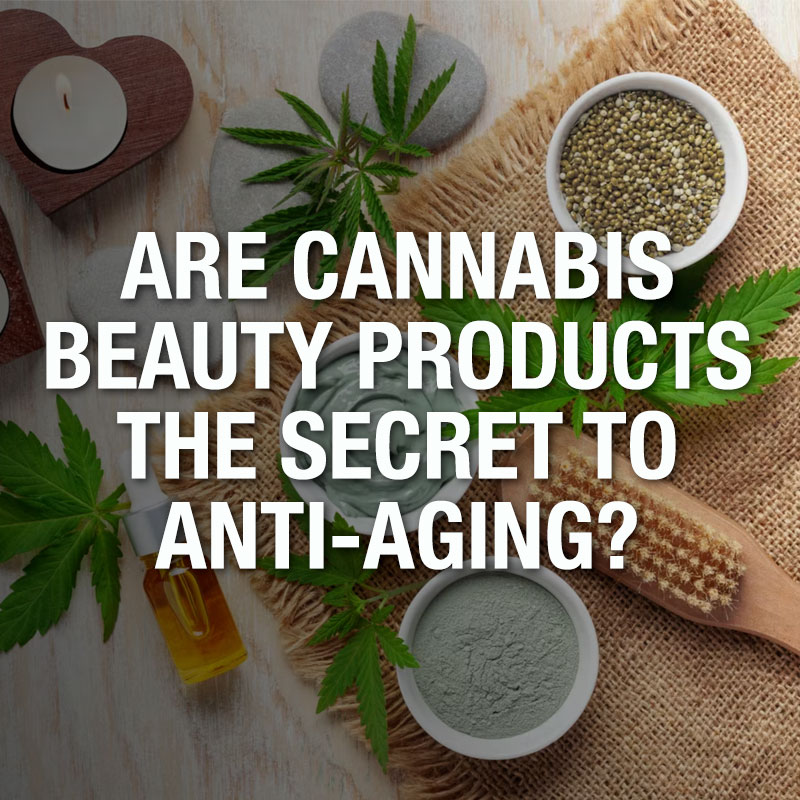
ARE CANNABIS BEAUTY PRODUCTS THE SECRET TO ANTI-AGING?
Source: Leafly.ca
Most cannabis-infused skincare products in Canada rely heavily on CBD, which research has shown can help reduce inflammation, as well as THC, which readers say is better for aches and pains.
There is also promise in CBG, a lesser discussed cannabinoid, it has shown anti-aging properties as it’s a strong fighter of inflammation and oxidative stress.
Using cannabis on the skin as a way to reduce the appearance of something like wrinkles works quite differently than smoking a joint. You don’t just apply it one night and magically wake up and see results the next morning.
There needs to be a way to get the cannabinoids into the skin to see effects. “The most potent molecule for improving skin elasticity is hyaluronic acid (HA) and that’s why many of the topical creams have some HA in them,” explains Ahmed.
When skincare products use a carrier like HA, active ingredients won’t simply sit on top of the skin once applied, but can actually penetrate it to create meaningful results, like fine line reduction, over time.
Ahmed says that for products that only use oil as a carrier, for example, the chance of the cannabinoids affecting change in the appearance of the skin lessens. It isn’t penetrating the epidermis, which would be needed for any sort of therapeutic properties.
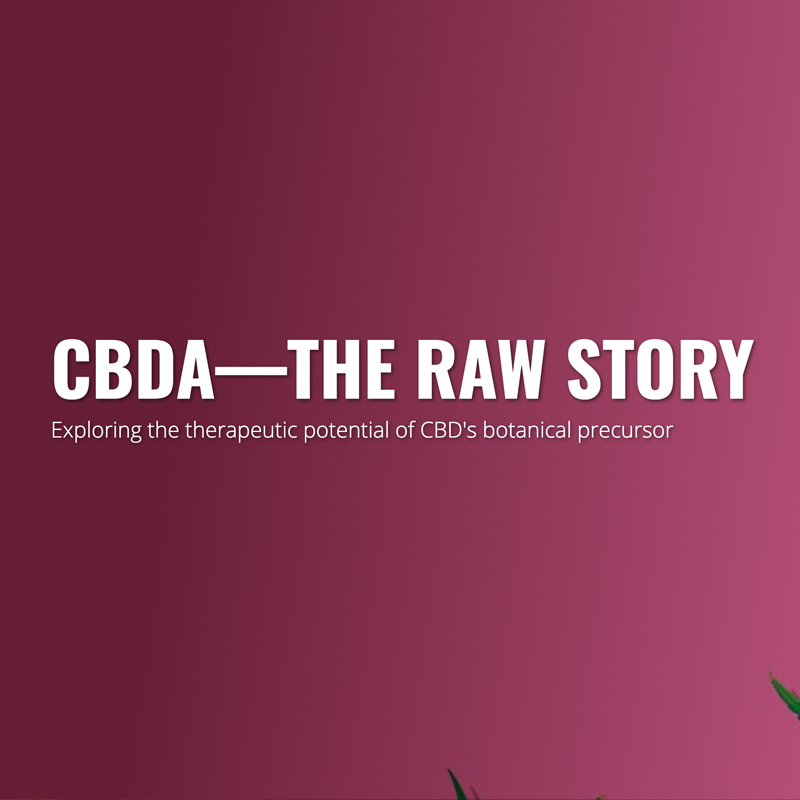
Source: ProjectCBD.org
Cannabidiolic acid (CBDA) – the botanical precursor of CBD – is what’s found in fresh raw cannabis and hemp. CBD only comes into being when its acidic counterpart is exposed to heat, or in technical terms, when it is decarboxylated (decarbed). For many years CBDA was mistakenly assumed to be an inactive compound. CBDA is now undergoing a renaissance of sorts with increased media interest thanks to the launch of a patented CBDA “ester” (an intriguing molecular variant of CBD) and a host of positive anecdotal accounts of CBDA’s efficacy from medical cannabis patients and doctors.
For many years, decarboxylated cannabinoids were considered the ‘activated’ compounds, producing more potent therapeutic effects in our bodies. However, this assumption has recently been turned upside down with studies showing CBDA’s activation of 5-HT1A serotonin receptors to be significantly more potent than CBD. And CBDA was also shown to have a stronger binding affinity than CBD as an antagonist at another important receptor known as GPR55. These discoveries suggested that CBDA could indeed have an important place at the therapeutic table.
Much of what we know about CBDA’s activation of 5-HT1A serotonin receptors is thanks to research by Erin Rock and her team at Guelph University in Ontario, led by neuroscientist Linda Parker. Indeed, it seems that after all these years of living in CBD’s shadow, CBDA is finally gaining recognition as a safe, and in some ways more potent, alternative to its famous cannabinoid relative.
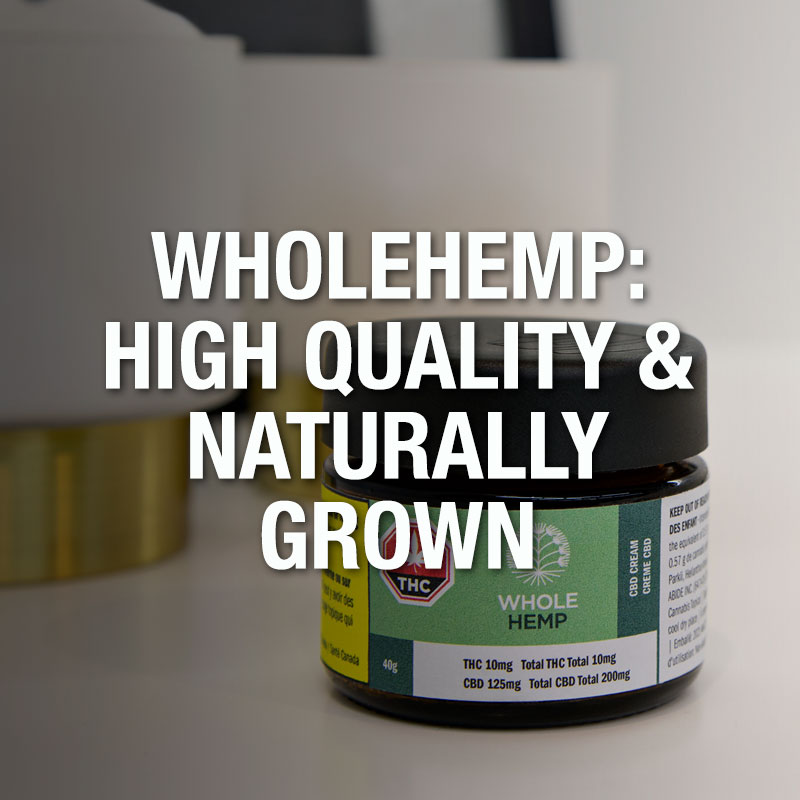
WHOLEHEMP: HIGH QUALITY & NATURALLY GROWN
Source: https://issuu.com (pg.26)
Canada legalized cannabis in 2018 and since, the conversation around cannabis has predominantly focused on marijuana. Less talked about is that two decades earlier and with a whole lot less fanfare, Canada legalized hemp. Yes, hemp is cannabis. However, by legal definition it must contain less than 0.3% THC (the ingredients that marijuana is so famous for) and as such, is non-intoxicating.
Few plants can boast as many uses and beneficial properties as hemp. Historically, it was the world’s dominant fibre crop and Canadian hemp is mostly grown for its nutritious seed, to name a few. One of the most remarkable aspects of hemp, however, is that it is naturally high in CBD (cannabidiol)
As a safe, non-addictive and non-intoxicating substance, CBD is one of more than a hundred “phytocannabinoids,” which are unique to cannabis and endow the plant with its robust therapeutic profile. It is these properties that have made hemp so attractive to a new cohort of cannabis businesses now bringing high quality, value priced, hemp based CBD products to Canadian consumers.
The first brand to come to market focused solely on hemp-derived CBD products is WholeHemp. All of WholeHemp’s products are made with high CBD hemp flower grown outdoors by Ontario craft farmers, all of whom are women. Their products are all full spectrum CBD, meaning they contain CBD as well as other trace cannabinoids and terpenes (aromatic molecules found in the essential oils of plants). Together, these properties have a synergistic effect commonly known as the entourage effect.
Their flagship product and the first to market is their all-botanical, artisanally produced WholeHemp CBD Cream. This cream achieves it’s great feel by whipping full spectrum WholeHemp CBD oil into pure Shea Butter, giving it a high viscosity and light texture. It is packaged in a beautiful, reusable amble glass bottle, characteristic of the company’ s commitment to sustainability.
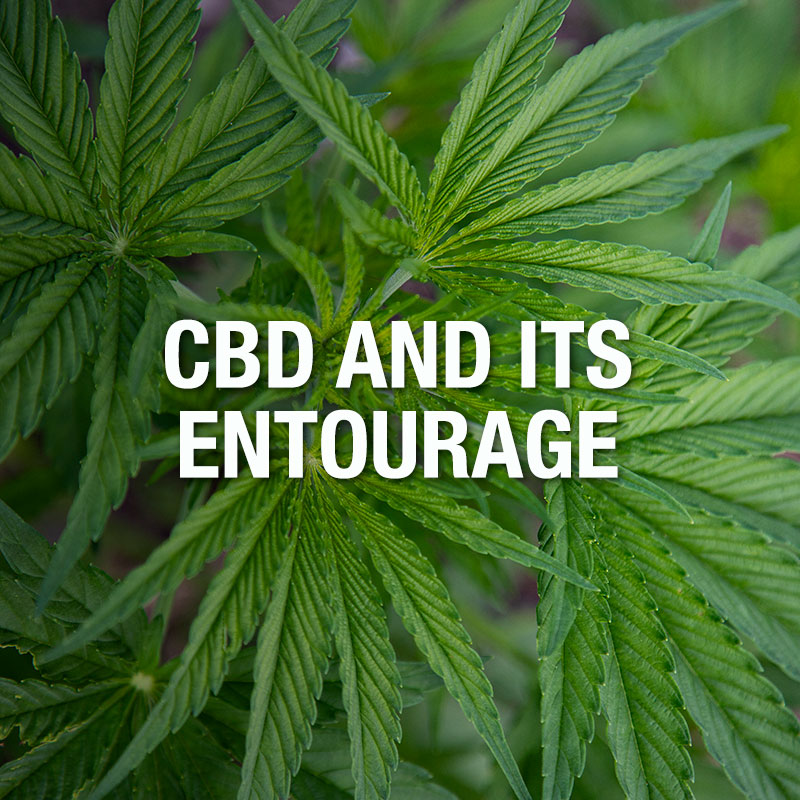
Source: ProjectCBD.org
There is compelling evidence that CBD works best in combination with THC and the full spectrum of other cannabis components. Just like eating a whole carrot is better for you than taking a beta-carotene supplement, whole cannabis remedies may be more effective than low-THC or no-THC products.
Like many other plants, cannabis plants secrete a sticky tar-like residue called resin. On cannabis plants, the resin is contained within the heads of tiny, mushroom-shaped trichomes, found mainly on the plant’s flower buds and to a lesser extent on the leaves. In the resin is tetrahydrocannabinol (THC) — the compound that causes the high that cannabis is famous for — and cannabidiol (CBD), along with hundreds of other cannabinoids and terpenes.
CBD and THC can be considered the crown jewels of this treasure trove, but they are just two of more than a hundred related plant compounds called phytocannabinoids, lipid (fat)-based molecules that are unique to the cannabis plant. The plant is also rich in compounds called terpenes and flavonoids, which work together with CBD and THC to create an “entourage effect” that is greater than the effect of any one of the molecules alone.
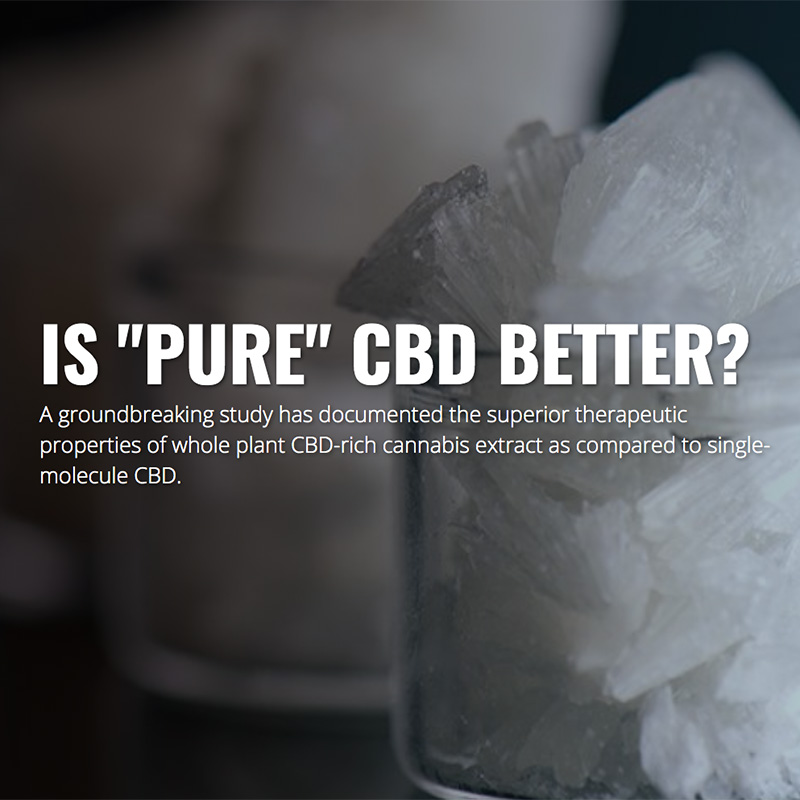
WHY WHOLE PLANT CBD IS BETTER THEN "PURE" CBD ISOLATE
Source: ProjectCBD.org
A groundbreaking study has documented the superior therapeutic properties of whole plant CBD-rich cannabis extract as compared to single-molecule CBD.Published in the journal Pharmacology & Pharmacy, the article directly challenges one of the sacred cows of Big Pharma and the medical-industrial complex—the notion that "crude" botanical preparations are inherently low grade and less effective than pure, single-molecule compounds.
Entitled "Overcoming the Bell-Shaped Dose-Response of Cannabidiol by Using Cannabis Extract Enriched in Cannabidiol," the article is all the more noteworthy given the contribution of co-author Lumir Hanus, who was instrumental in the discovery of anandamide, the endogenous cannabinoid compound first identified in the mammalian brain in 1992.
These studies showed that administration of pure, single-molecule CBD resulted in a bell-shaped dose-response curve, meaning that when the amount of CBD exceeded a certain point its therapeutic impact declined dramatically…and whereas pure, single-molecule CBD precipitated a dramatic drop in efficacy if more than a specific dosage was administered, an "overdose" of whole plant CBD-rich extract did not undermine its therapeutic potency.
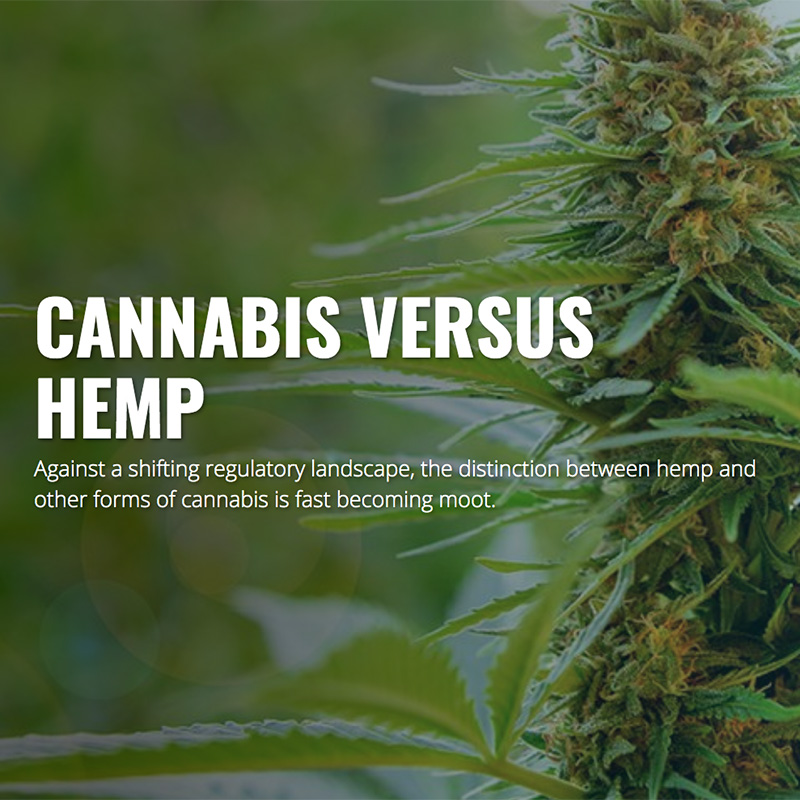
WHAT IS THE DIFFERENCE BETWEEN HEMP AND CANNABIS?
Source: ProjectCBD.org
Hemp is cannabis that has no more than 0.3 percent THC by dry weight. The distinction between hemp and other forms of cannabis is fast becoming moot - horticulturists are successfully breeding high-resin terpene-rich cannabis varietals that satisfy the criteria for hemp – with THC measuring below 0.3 percent and double-digit CBD levels by dry weight.
Where did the 0.3 percent THC figure come from? It stems from a 1976 taxonomic report by Canadian plant scientists Ernest Small and Arthur Cronquist., who never intended for 0.3 percent THC to function as a legal demarcation between hemp and other forms of cannabis. But that's exactly what happened.
Ernest Small and WholeHemp founder David Marcus in 1999-2001 undertook a 3 year hemp germplasm trial where 180 different accessions of hemp sourced internationally comprising cultivars, seed bank accessions, breeding lines, and wild plants. It was found that there was a very wide range of development of useful traits, indicating that there is a huge reservoir of genetic variation in cannabis with less than 0.3% THC and defined as hemp.
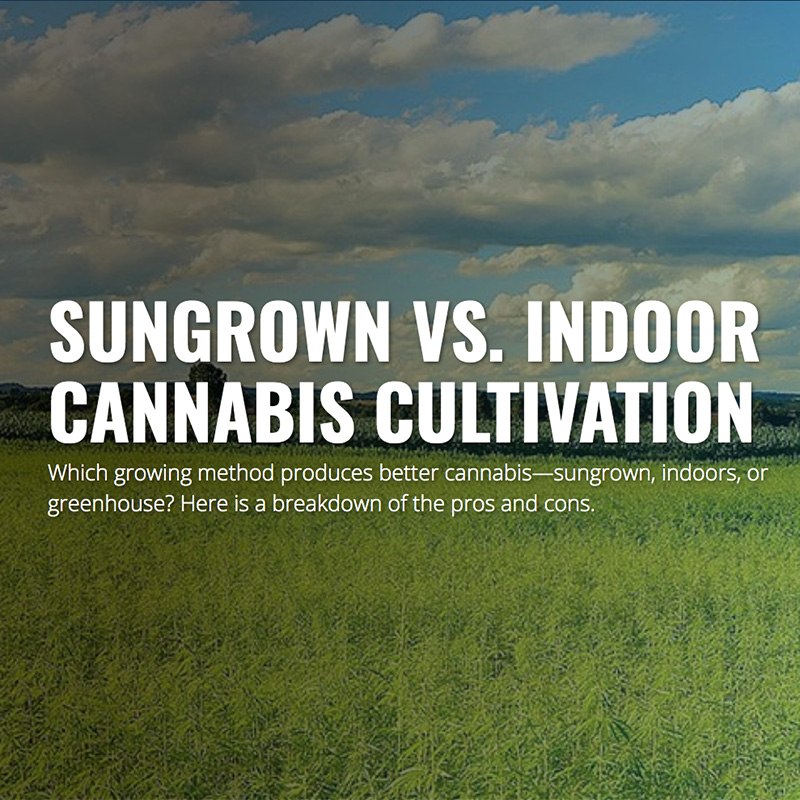
WHICH GROWNING METHOD PRODUCES BETTER CANNABIS - SUNGROWN, INDOORS OR GREENHOUSE?
Source: ProjectCBD.org
Scientists report that cannabinoid and terpene production is greatest in ambient light. Natural light is much more complex than what even the best grow lights can mimic. Other benefits of Sungrown Cannabis include its Low carbon footprint and lower costs, how it complements the plant's natural life cycle, ecology and resiliency, and the therapeutic benefits of horticulture.
Most agricultural crops throughout the world are grown solely outdoors: grapes to make wine, for example. It wasn't so long ago that cannabis was exclusively grown outside as well. That changed because of marijuana prohibition.
Sungrown cannabis requires far fewer resources and is less expensive to produce than plants grown indoors. Sungrown uses the natural environment to fuel its growth, and it does not require artificial, high-intensity lighting. Indoor power usage and water usage is very resource consumptive. Evan Mills reports in Energy Policy that an average kilo of cannabis grown indoors is associated with 4600 kilograms of carbon dioxide emissions into the atmosphere. Outdoor cultivation also enables natural airflow and ventilation; no electric fans are necessary. It's impossible to duplicate nature's supreme design when growing cannabis indoors.
Because outdoor crops are part of the ecosystem, the plant interacts with the elements and this helps to build flexibility and resistance to temperature fluctuations and potential attacks. Healthy plants are less susceptible to the invasion of mold, mildew, and predators in general. Organic farming methods can preserve and enhance the complex biota of the earth's soil in a way that retains carbon and helps to offset global warming.
When growing outdoors, a farmer has more liberties to implement sustainable methods of cultivation, such as the permaculture techniques of companion planting. These methods utilize various natural techniques to sustain a thriving ecosystem: intercropping (with plants that compliment cannabis), planting ground cover (which keeps in water and nutrients), and introducing beneficial bugs. Companion planting avoids growing in a monoculture and brings in a variety of plant species to implement complementary natural pest management which contributes to a diverse, healthy ecosystem.
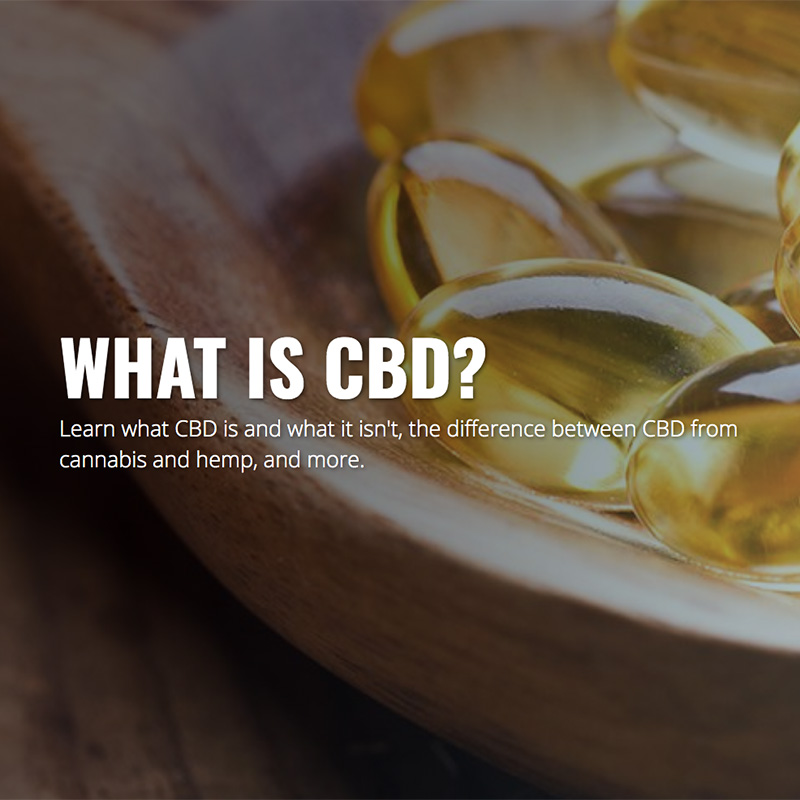
Source: ProjectCBD.org
Cannabidiol (CBD) is a naturally occurring compound found in the resinous flower of cannabis, a plant with a rich history as a medicine going back thousands of years. A safe, non-addictive substance, CBD is one of more than a hundred "phytocannabinoids," which are unique to cannabis and endow the plant with its robust therapeutic profile.
CBD is closely related to another important medicinally active phytocannabinoid: tetrahydrocannabinol (THC), the compound that causes the high that cannabis is famous for. These are the two components of cannabis that have been most studied by scientists.
CBD can actually lessen or neutralize the psychoactive effects of THC, depending on how much of each compound is consumed. Many people want the health benefits of cannabis without the high – or with less of a high. The fact that CBD is therapeutically potent as well as non-intoxicating, and easy to take makes it an appealing treatment option for those who are cautious about trying cannabis for the first time.
CBD and THC interact with our bodies in a variety of ways. One of the main ways is by mimicking and augmenting the effects of the compounds in our bodies called "endogenous cannabinoids" - so named because of their similarity to compounds found in the cannabis plant. These "endocannabinoids" are part of what scientists refer to as the "endocannabinoid system."
The discovery of the endocannabinoid system has significantly advanced our understanding of health and disease. It has major implications for nearly every area of medical science and helps to explain how and why CBD and THC are such versatile compounds. The endocannabinoid system plays a crucial role in regulating a broad range of physiological processes that affect our everyday experience – our mood, our energy level, our intestinal fortitude, immune activity, blood pressure, bone density, glucose metabolism, how we experience pain, stress, hunger, and more.
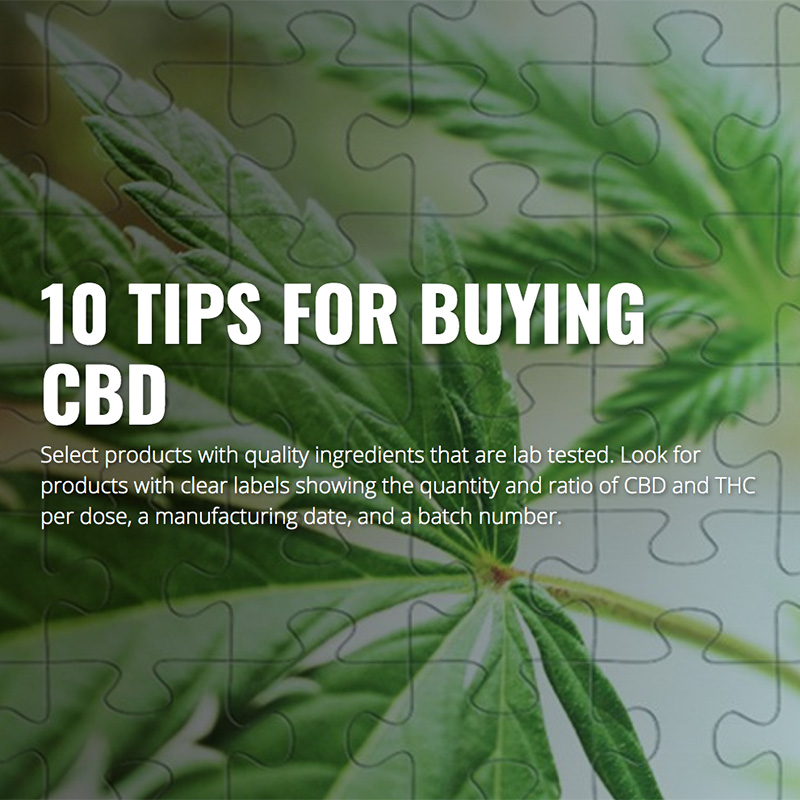
SOME TIPS WHEN SHOPPING FOR CBD:
Source: ProjectCBD.org
- Consumer Reports suggests looking for products made by companies in states that have legalized the recreational and medical use of cannabis "since they tend to have stricter standards." In Canada this equates to buying products that have been produced by a Health Canada Licenced Producer and through the legal provincial model (I.e. in Ontario the OCS or a licenced retailer).
- Choose "full spectrum" CBD-rich oil extracts, not isolate, distillate or products labeled "pure CBD" or "no THC." Full spectrum means it includes numerous cannabis compounds, including a small amount of THC. I
- Look for product labels that indicate the amount of CBD and THC per serving – not just the total cannabinoid content for the entire bottle.
- Beware of companies that make explicit health claims about CBD products (this is not allowed by the FDA or Health Canada).
- Seek out CBD-rich products derived from high-resin cannabis grown sustainably outdoors in accordance with certified regenerative organic standards.
- Avoid CBD hemp oil vape cartridge products with toxic thinning agents (such as propylene glycol and polyethylene glycol), flavor additives, and other harmful ingredients.
- Avoid poor quality CBD-infused gummies made with corn syrup and artificial colors.
- Think twice about brands that claim their CBD is derived from the seed and stalk of the hemp plant. CBD is not present in hempseed and barely any CBD is present on the stalk of the hemp plant.
- Beware of multilevel marketing schemes and companies that seek to sign you up right away for recurring purchases.
- Don't be afraid to contact CBD companies directly and ask questions. And if you cannot reach them directly, try another brand.
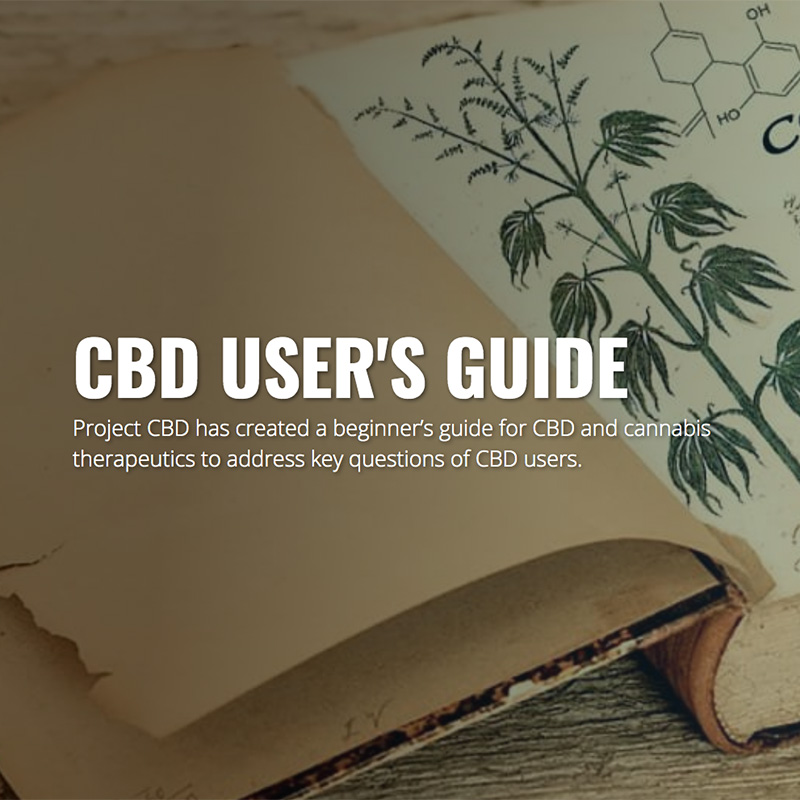
Source: ProjectCBD.org
What's the Best Way to Take CBD?
High dose? Low dose? Optimizing your use of cannabis may entail some experimentation. An effective dosage can range from as little as a few milligrams of CBD-enriched cannabis oil to a gram or more. Begin with a small dose of high CBD/low THC oil (or cream), especially if you have little or no experience with cannabis. Take a few small doses over the course of the day rather than one big dose. Use the same dose and ratio for several days. Observe the effects and if necessary adjust the ratio or amount. Don't overdo it. "Less is more" is often the case with respect to cannabis.
The most appropriate delivery system for CBD-rich cannabis is one that provides an optimal dose for a desired duration with few unwanted side effects. CBD-rich cannabis flower varietals for smoking or vaping are available, but many CBD patients prefer non-inhalable products made with cannabis oil concentrates. The time of onset and duration of effect vary depending on the method of administration. CBD-rich cannabis oil products can be taken sublingually, orally (as edibles, lozenges, beverages, tinctures, and gel caps), or applied topically.
What should one look for when choosing a CBD rich product?
Look for products with clear labels showing the quantity and ratio of CBD and THC per dose, a manufacturing date, and a batch number (for quality control). Select products with quality ingredients: No corn syrup, transfats, GMOs, artificial additives, thinning agents or preservatives. CBD-rich products should be lab tested for consistency and verified as being free of mold, bacteria, pesticides, solvent residues, and other contaminants. Best to avoid products extracted with toxic solvents like BHO, propane, hexane or other hydrocarbons. Opt for products that utilize safer extraction methods such as supercritical CO2 or food-grade ethanol.
Does CBD Have Any Adverse Side Effects? What About Drug Interactions?
CBD is a very safe substance, but it can interact with many common pharmaceuticals. At sufficient dosages, CBD will deactivate cytochrome P450 enzymes, thereby altering how we metabolize painkillers, statins, blood thinners, insulin & more. CBD-drug interactions can be dangerous, but they can also help mitigate side effects while synergistically improving a patient's quality of life. Cannabinoid-opioid interactions show great therapeutic potential. THC enhances the painkilling effects of opiates, while CBD can reduce withdrawal and dependence. Patients taking Big Pharma meds should monitor changes in blood levels and, if need be, adjust dosage. Problematic interactions are more likely when consuming high doses of CBD isolate products.